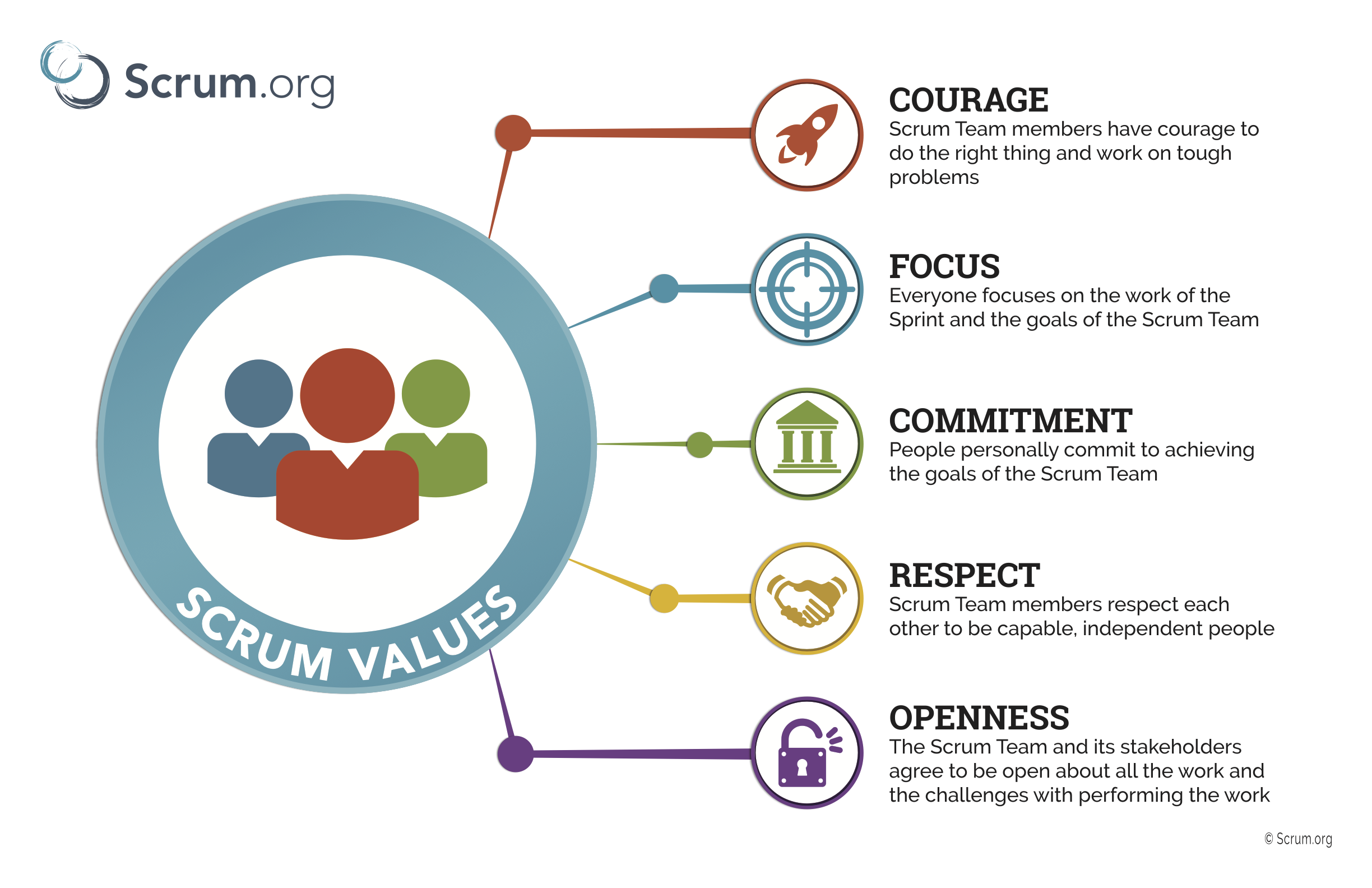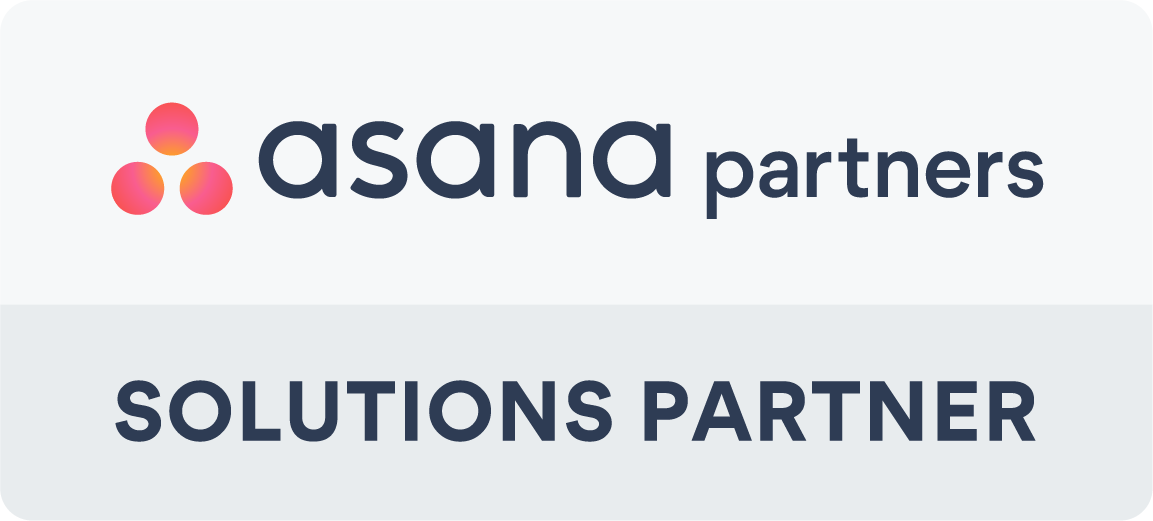BONUS DOWNLOAD: UNDERSTANDING AND IMPLEMENTING AGILE EBOOK
Project management comprises many processes and recurring tasks that can feel daunting. In addition, the day-to-day functions of managing team members, time tracking, and more, mean that project management apps with cross-functionality are essential.
Project managers often turn to software to create an effective project plan, and all of the necessary ancillary plans, for the projects they oversee. They identify and manage risks associated with their projects. They must ensure that projects stay within their various constraints and implement an agile framework. The list goes on.
Scrum is one of the more popular project management methodologies that help with monitoring assigned tasks and keeping small teams on track. It offers an alternative to the multitude of project management apps that teams and managers use.
With Scrum project management, project managers use agile methodologies.
Whereas Agile is a philosophy or orientation, Scrum is a specific methodology for managing a project. It provides a process for identifying the work, who will do the job, how it will be done, and when it will be completed.
When you apply Scrum for project management, the project team, led by the project manager, consists of a product owner, Scrum Master, and other cross-functional team members. The product owner is then responsible for maximising the product’s value, while the Scrum Master is accountable for ensuring that the project team follows the Scrum methodology.
The Scrum methodology consists of short phases or “sprints” when project work occurs. During sprint planning, the project team identifies a small part of the scope that needs to be completed during the upcoming sprint. The sprint can take anything between two to four weeks.
At the end of each sprint, the work should be ready to be presented to the client. The sprints end with a sprint review and retrospective—or rather, lessons learned. This cycle is repeated throughout the project lifecycle until the entirety of the scope has been completed. These sprint cycles make the whole process more manageable and transparent.
 One of the main benefits of the Scrum process framework is that it is empirical. It provides a means for teams to establish a hypothesis of how they think something works, try it out, reflect on the experience, and make the necessary adjustments. In addition, scrum is flexible and leaves room for experimentation and customisation, allowing teams to incorporate practices from other frameworks where they make sense for the team’s context.
One of the main benefits of the Scrum process framework is that it is empirical. It provides a means for teams to establish a hypothesis of how they think something works, try it out, reflect on the experience, and make the necessary adjustments. In addition, scrum is flexible and leaves room for experimentation and customisation, allowing teams to incorporate practices from other frameworks where they make sense for the team’s context.
Project Managers can apply Scrum with any of the popular project management apps because it reflects a methodology. It works well when dealing with a cross-functional team working in a product development setting where there is a non-trivial amount of work that lends itself to being split into more than one 2 – 4 week iteration.
BONUS DOWNLOAD: UNDERSTANDING AND IMPLEMENTING AGILE EBOOK
Teams following the Scrum framework are inclined to show more personal commitment to achieving team goals. Because team leaders and managers are more involved at each stage, it is easier to do the right thing and work on challenging problems.
Scrum makes it easier to concentrate on the work identified for the sprint and the team’s goals. In addition, team members and stakeholders are open about all the work and the team encounters’ challenges.
It is worth mentioning that Scrum is not the only approach that is Agile. Likewise, agile does not always mean Scrum—many different methodologies take an Agile approach to project management.
 What they have in common is that they promote transparency. Teams must work in an environment where everyone knows what issues other team members are facing. Teams often surface issues within the organisation that have been there for a long time and ultimately get in the way of the team’s success.
What they have in common is that they promote transparency. Teams must work in an environment where everyone knows what issues other team members are facing. Teams often surface issues within the organisation that have been there for a long time and ultimately get in the way of the team’s success.
Scrum allows for frequent inspection into the framework to enable the team to reflect on how the process is working. These inspection points include the Daily Scrum meeting and the Sprint Review Meeting. The team can investigate how things are going and revises those items that do not seem to make sense.
Scrum has many advantages over other agile development methodologies. It is currently the most used and trusted framework of reference in the software industry.
Scrum’s primary contribution to the project management world is a simple but effective approach to managing a small collaborative team involved in product development. It provides a framework and set of simple rules that allow an appropriate amount of planning, control over the work, risk identification and mitigation and issue identification and resolution.



